WaterStep’s hand pump repair training team started building a training platform that will simulate a hand pump in the real world, this week.
Rick Jenner, who leads the hand pump repair trainings, said that the platform will simulate the situations students will encounter in areas where pumps have been broken. “The pump would be on the ground, and the water below ground, like a well. We pull it up onto the platform to simulate the ground,” Jenner said.
WaterStep has been holding hand pump repair training classes for five years, led by Jenner, along with his Assistant Trainers, Lynn Smith and Steve Sikkema.
Before WaterStep moved locations from Arlington Avenue to Myrtle Street, the training team used a platform that was built in the warehouse, but with trainings approaching at WaterStep’s new facility, a new platform had to be built.
The next hand pump repair training will be June 9-11, led by Sikkema. “We are trying to build this one as close to the old platform as possible,” Sikkema said. Sikkema took the training, himself, two and a half years ago. Since then, he has helped lead multiple trainings and traveled to Haiti and Nicaragua to do hand pump repair with WaterStep.

Jenner has worked in many places over the last year as well, including Uganda, Malawi, Kenya, Costa Rica, Nicaragua, Honduras, the Dominican Republic and Haiti multiple times.
He initially began hand pump repair training after learning that 70% of hand pumps in the world were broken. “As an airplane mechanic, I know how to fix things. So when I learned this, I thought instead of building new pumps, why not just repair the old ones at a cheaper cost?”
Trainings with WaterStep are now a three day process that includes realistic, hands-on training. Training begins with a power point teaching the background of water, and hand pumps. After getting to take apart and reassemble a pump several times, the instructors will break the pump, and the next day, the students must figure out how to fix it.
“We’ll act like chiefs, or villagers and the students have to ask us questions to figure out what the problem is,” Sikkema said. “But we never tell them. They have to be able to figure it out on their own.”
Sikkema said in his training, he took apart and reassembled a hand pump three times. “It gets frustrating, but that is what you will realistically be encountering,” he said. “We make trainings as realistic as possible.” This helps students better understand hand pump repair so they can apply their knowledge in the field.
“We want to train trainers,” Jenner said, and he has already begun to by training both Smith and Sikkema, as well as people who actually live in the countries where hand pump repair is needed. “I want to have a lot of people who are trained to do what I do. We need to multiply.” He said.
With the new training platform, future students will be able to continue to learn how to repair broken hand pumps in an effective, and impactful way.
The platform will be completed by the next training on June 9th.
To find out how you can get involved with Hand Pump Repair Training, or to register for one, check out our Hand Pump Repair Training page.




